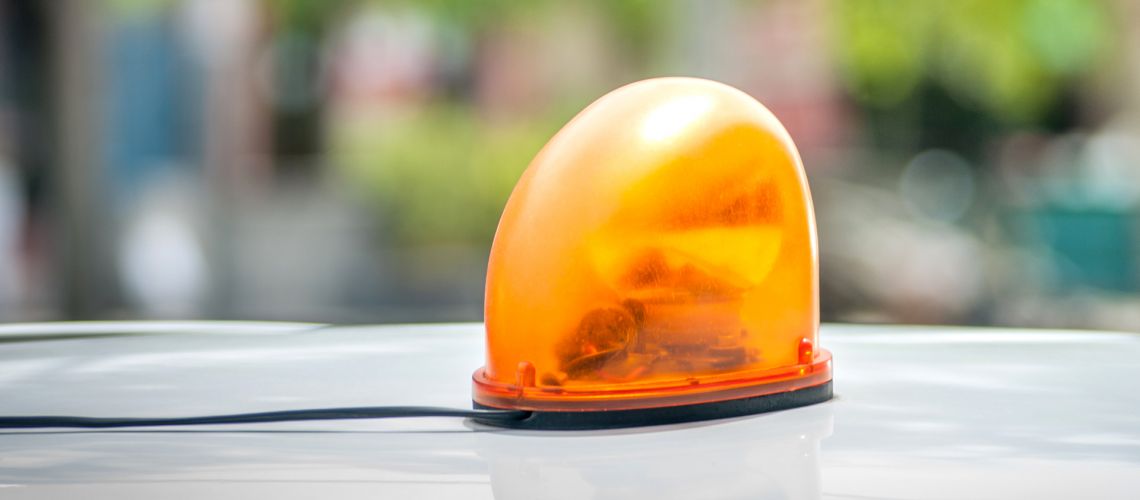Hazardous waste is classed as any waste with properties that make it potentially harmful to the environment or human health. It can be in solid, liquid or gaseous form; and tends to be manufacturing by-products or discarded materials, such as solvents used for cleaning, or pesticides.
In the engineering and manufacturing sector, there are many hazardous waste products generated, for example:
In this article, we explore the correct way to store, collect and dispose or recover hazardous waste in the engineering and manufacturing organisations.
Hazardous waste storage
Safely storing hazardous waste on site is a serious consideration for organisations in the engineering sector. These guidelines should be followed to minimise the risk involved:
- Keep the amount of hazardous waste stored on-site to a minimum. This can be achieved more effectively by continuously monitoring the volume of waste that’s being stored, and keeping accurate records at all times.
- Storing different types of waste separately, and in the appropriate containers for the materials being stored – some containers are incompatible with certain types of waste and can react with the chemicals stored inside, causing leaks and sometimes dangerous reactions.
- All containers used should be sealable, to prevent the release of contents and substances entering the container; and they should be resistant to weather and corrosion.
- Weather-resistant labels should be displayed prominently, both on the containers themselves and in storage areas, with all relevant hazard labelling symbols to inform staff of the risks.
- Having a secondary containment system in place for all containers, as well as all equipment used to transport hazardous wastes in liquid or gas form is advisable.
- All employees should be well-trained in handling and storing hazardous waste, including all emergency protocols.
- Only authorised, trained personnel should ever be allowed access to areas where hazardous waste is being stored.
- Have an up-to-date contingency plan that covers all emergency procedures and relevant contact details, in case of spills or accidents.
Hazardous waste collection
Hazardous waste should regularly be collected from the engineering plant, to avoid any on-site risk. Hazardous waste can only be collected by licenced providers and the collection and transfer of hazardous waste is carefully documented and recorded. This ensures that waste is handled properly and not illegally dumped or mismanaged.
In Ireland, the Shipments of Hazardous Waste Regulations 2011 require a controlled system of forms to be used to document the transfer of hazardous waste within the country. This is designed to enable authorities to track hazardous waste back to its source. Waste transfer forms need to be signed and dispatched along with the hazardous waste, to be completed by the recipients, who also need to log and document receipt of the waste.
Engineering companies that produce hazardous waste are required by law to keep a chronological record of the quantity, nature and origin of any hazardous waste produced, as well as its destination, frequency of collection, mode of transport, and the treatment method.
This information must be retained for three years, according to the European Communities (Waste Directive) Regulations 2011; and it is an offence to contravene any of the aforementioned procedures. The only exception to these rules is when hazardous waste is being transported outside of Ireland, which is instead controlled by EU Regulation 1013/2006 on the Shipments of Waste and by the Waste Management (Shipments of Waste) Regulations 2007.
Hazardous waste disposal & recovery
Once hazardous waste is collected and removed from site, it is transferred to a licenced facility for treatment or disposal, depending on the type of waste it is. Licenced providers such as Enva have a strong commitment to hazardous waste recovery, as there are numerous benefits – both for the environment and for the reputation of the engineering company.
Before recovery, and often before it can be disposed of safely, hazardous waste will first need to be treated. Hazardous waste treatment is typically performed using four different methods; chemical, physical, thermal, and biological. To find out more about how hazardous and chemical waste is treated, read our previous guide.
Hazardous waste management must be carried out carefully in accordance with strict regulations. Working with a licenced partner, like Enva, can help engineering and manufacturing companies operate clean and compliant sites.
Find out more about how we can help with hazardous waste treatment within your engineering plant.

